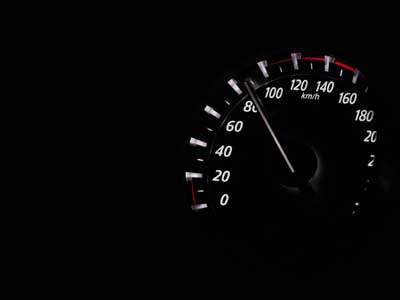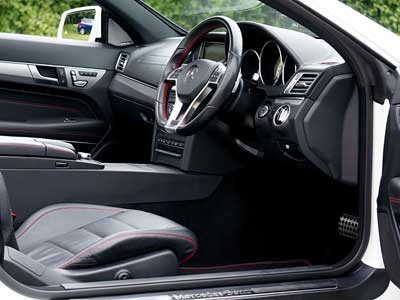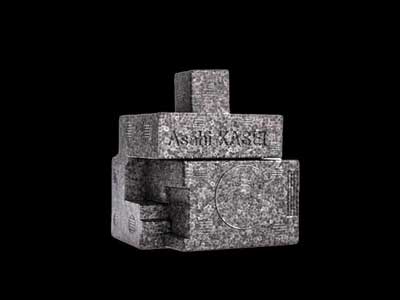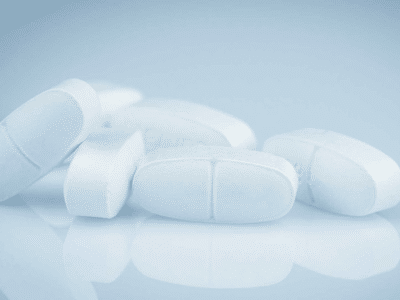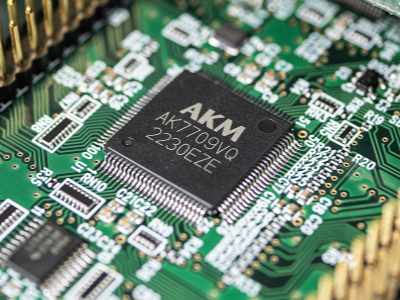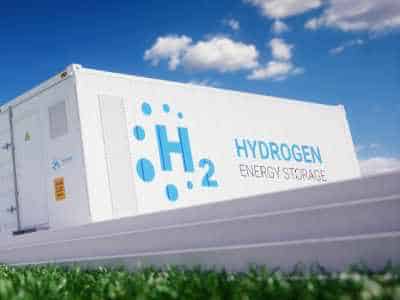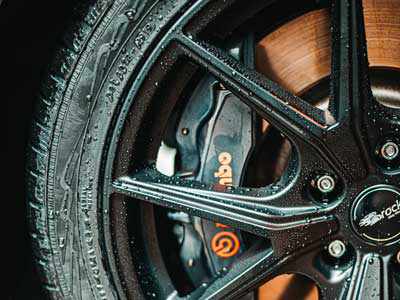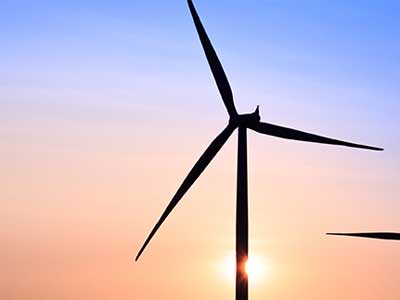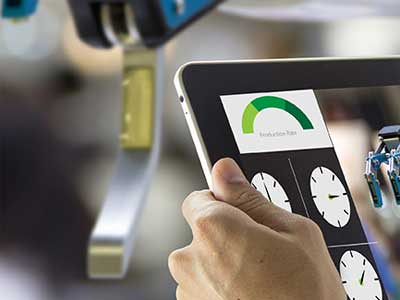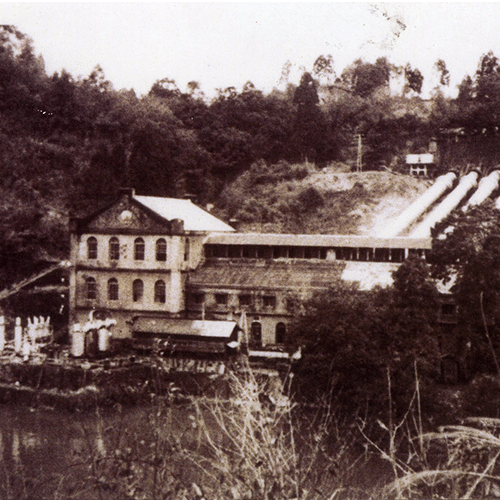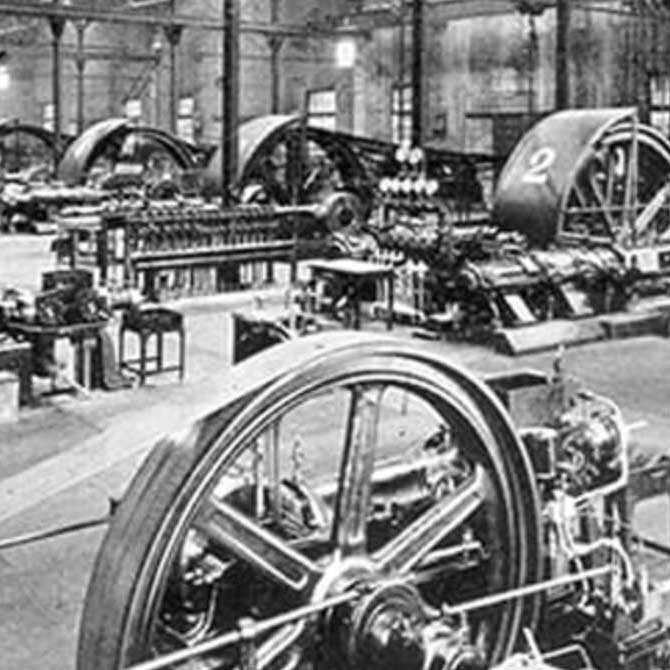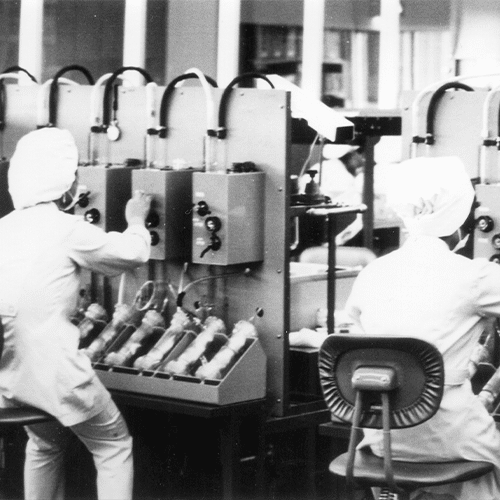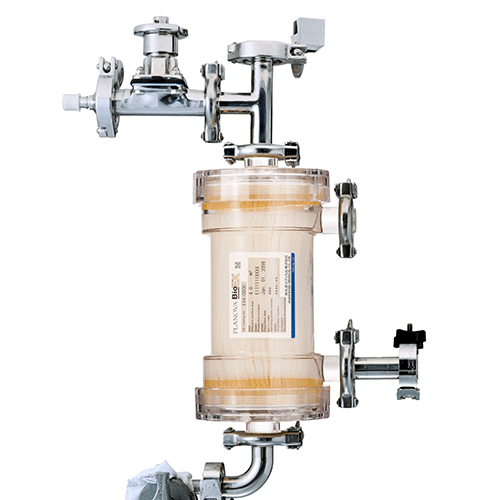Asahi Kasei’s Long History
1906
The Story Begins
Care for People – Care for Earth: This is not just the name of Asahi Kasei’s current midterm plan. It is a philosophy deeply anchored in the Japanese company’s DNA. In 1906, Asahi Kasei founder Shitagau Noguchi (1873-1944) built a 880kW hydroelectric power station in Kagoshima Prefecture, Japan, to supply electricity to nearby industries.
Today, the Asahi Kasei Group has 9 hydroelectric power generation plants in the Nobeoka region (Miyazaki Prefecture, Japan), which provided approximately 14% of the total electricity used by the company in Japan in 2018. The generation of the equivalent amount of power at conventional plants would result in approximately 180 thousand tons of CO2 emissions annually.
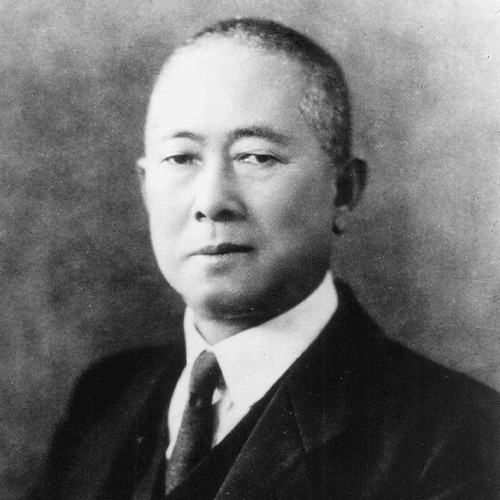
1922
The Birth Of Asahi Kasei
Meet Asahi Kasei’s founding father Shitagau Noguchi (1873-1944). “As industrialists,” Noguchi proclaims, “We must be cognizant that, to improve the living standard, our ultimate mission is to contribute to people by supplying an abundance of the highest-quality daily necessities at the lowest prices.”
A man of high ideals, Noguchi always dedicated himself to enhancing the quality of life for people. “I want to solve the global food problems by providing low-priced fertilizer,” he aspired, “If people didn’t have to worry about getting enough food, they wouldn’t have to fight each other anymore.” While Noguchi passed away on January 15, 1944 (70), his spirit and mission live on in the company and its people.
1923
A Visionary Investment
100 years ago, demand for ammonium sulfate as raw material for fertilizers was high in Japan. The domestic production was expensive and the country was highly dependent on imports. In 1921, Shitagau Noguchi bought a patent for a synthetic ammonia production technology for approximately 10 million € (current prices) from Italian chemist and industrialist Luigi Casale (1882-1927).
In 1922 he laid the cornerstone for Japan’s first synthetic ammonia plant in Nobeoka, Miyazaki prefecture. The plant began operation in 1923 and together with the acquired European technology, it enabled him to produce ammonium sulfate in Japan at a low price and to quickly respond to the high domestic demand. This investment almost a century ago marked the start of Asahi Kasei’s long history.
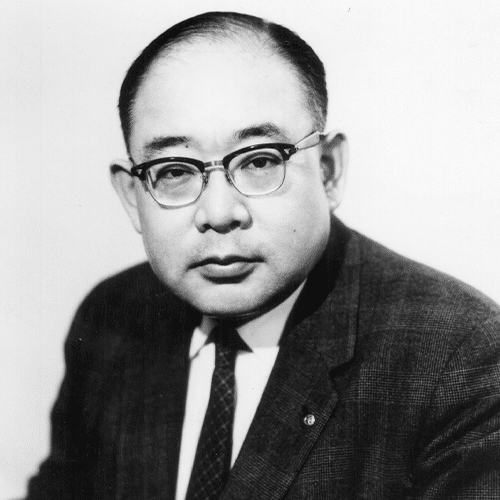
1960’s
Expanding The Boundaries
Kagayaki Miyazaki, Asahi Kasei’s 5th president, strove for the organization to, “be a diversified chemical company with clothing, food, and housing products.”
His ambitious goals and vision to try new ideas led to major developments in materials, first pursuing three new businesses: Nylon fiber, synthetic rubber, and new construction materials. These three businesses are still core parts of Asahi Kasei’s business today.
However, the road to success was not quick or easy. The naphtha cracker, a facility that had a process for applying extreme heats of up to 800 degrees Celsius to allow the “cracking” or separation of naphtha molecules to produce lighter hydrocarbons, took 7 years to plan.
This investment was not only a long endeavor, but also a major cost, equivalent to the organization’s annual turnover. Be that as it may, this was the key to assuring a steady supply of the chemicals used in the company’s material businesses, and with Miyazaki’s forward-thinking vision, the Japanese company grew exponentially in the years to come.
1974
Entering The Medical Business
Living the visionary spirits of Shitagau Noguchi and Kagayaki Miyazaki and refining its expertise in the fiber and chemical fields, Asahi Kasei successfully entered the medical business.
Today the company is maintaining top shares in the markets for hemodialysis, therapeutic apheresis, transfusion therapy, and virus removal for biotherapeutic products — and is continuing to grow as a pioneer in blood-related medical fields.

1983
Breakthrough For The Mobile Society
The lithium ion battery opened the path for mobile electronic devices
such as smartphones or notebooks to spread rapidly worldwide and –
with its application in electromobility – represents an important future
technology for the automotive industry as well.
Mobility in everyday life would be impossible without the successful
commercialisation of the lithium-ion battery. By combining existing and original technologies, Asahi Kasei scientist Dr. Akira Yoshino made the lithium ion battery in its current form possible in 1983.
1987
A Filter For Safer Pharmaceuticals
Recognizing the neccessitiy to further increase the safety of pharmaceuticals, Asahi Kasei leveraged its solid expertise in fibers and filtration technology and developed filters specifically designed to remove viruses from plasma-derived pharmaceutical products. The filters were later named “Planova”, originated from the words “Plasma” and “Nova” (which means “New Star” in Latin).
Today, the company is the world’s leading supplier for virus removal filters.

2000
The Electronic Compass
Pedestrian navigation systems on smartphones rely on an electronic compass that tells you the direction you’re facing and enables the map to rotate as you turn. Asahi Kasei started with the development of the electronic compass in 2000.
Ever since the launch of the world’s first 3-axis electronic compass equipped with a digital interface in the summer of 2003, Asahi Kasei has been widely recognized as the world’s No. 1 electronic compass manufacturer, maintaining a dominant market share.
2011
Plastics Without Oil
Acrylonitrile (AN) is the main raw material for acrylic fiber and ABS resin, which are commonly used in products all around us. These include sweaters, carpets, automotive parts, home electronics, office equipment, and video game consoles.
AN is conventionally produced using propylene from cracked naphtha, a petroleum derivative. Asahi Kasei developed the world’s first successful propane process for AN production using propane obtained from natural gas. This breakthrough process that avoids the need for oil as feedstock is a testament to the strength of the company’s core technology in catalysts. Asahi Kasei and PTT of Thailand decided to jointly construct a propane-process AN plant in Thailand, and the plant started operation in 2011.
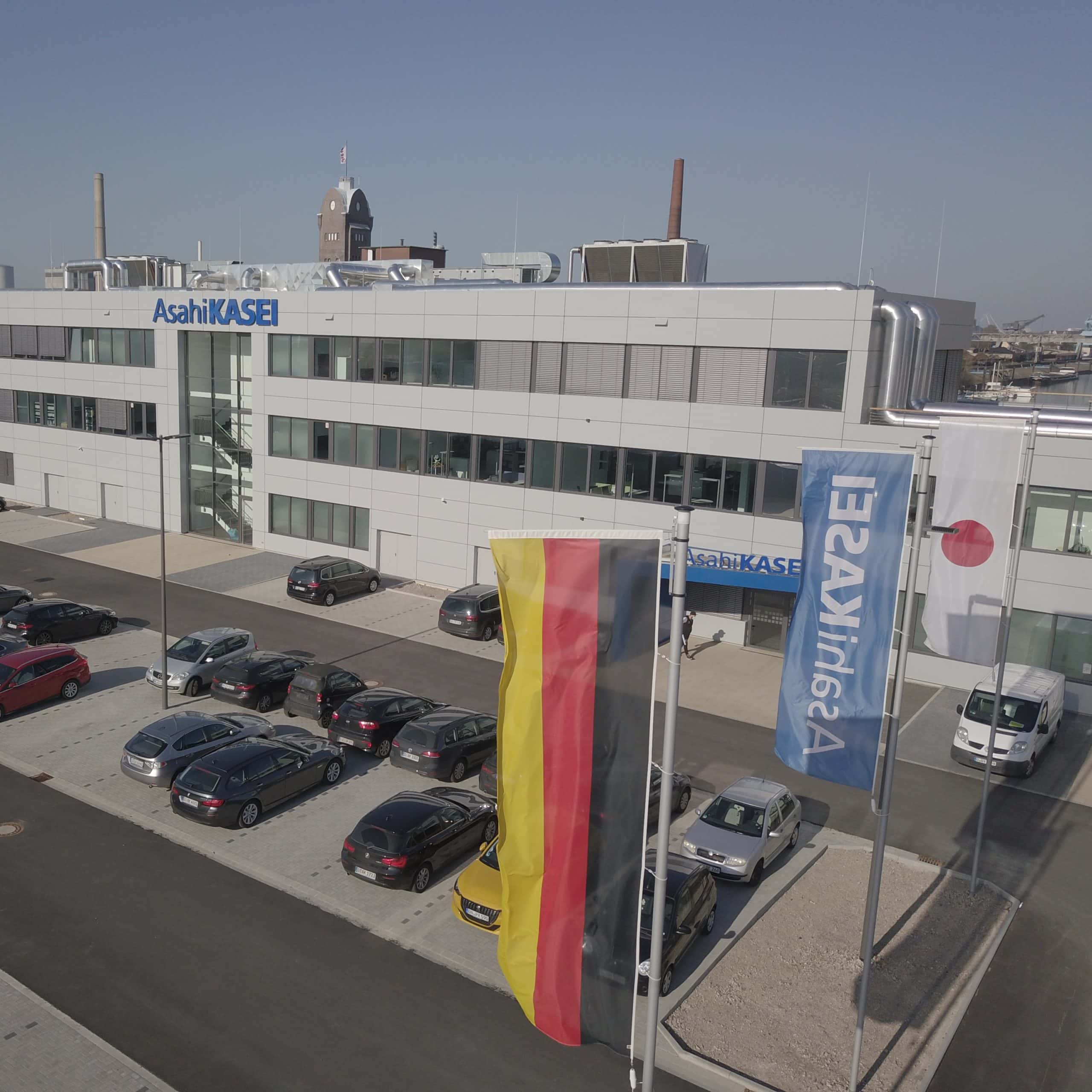
2016
Off To New Shores – Asahi Kasei Europe
In 2016, Asahi Kasei Europe (AKEU) was established in Düsseldorf, Germany. With a strong focus on the business expansion in the European automotive industry, AKEU has been constantly strengthening its sales and marketing activities. In 2017, the Asahi Kasei Europe R&D Center was officially opened in CHEMPARK Dormagen, Germany, providing technical customer support and conducting joint development with local companies and universities.
2020 marked another milestone in the company’s history, when all activities at AKEU and its sister company Asahi Kasei Microdevices Europe (AKMEU) were consolidated under one single roof at the C-View Offices in the Düsseldorf Harbour area. By uniting sales, marketing and logistics, as well as technical support and R&D in one location, Asahi Kasei is opening up the next chapter on the European market.
Any left questions?
We are looking forward to your message!
